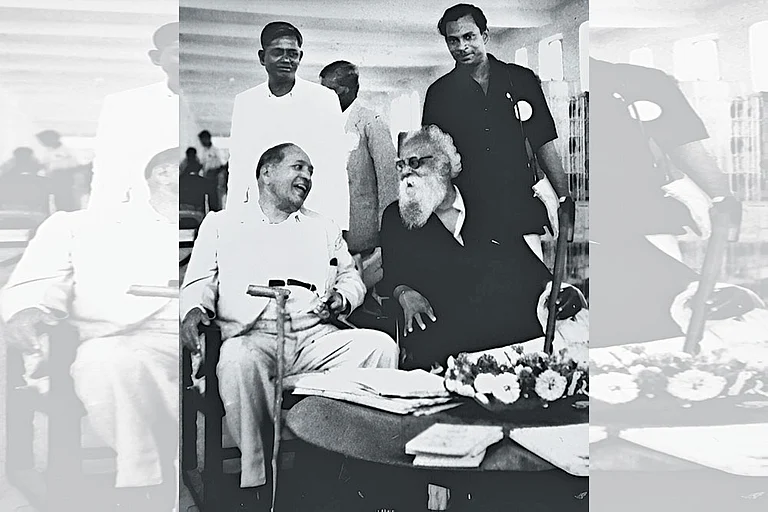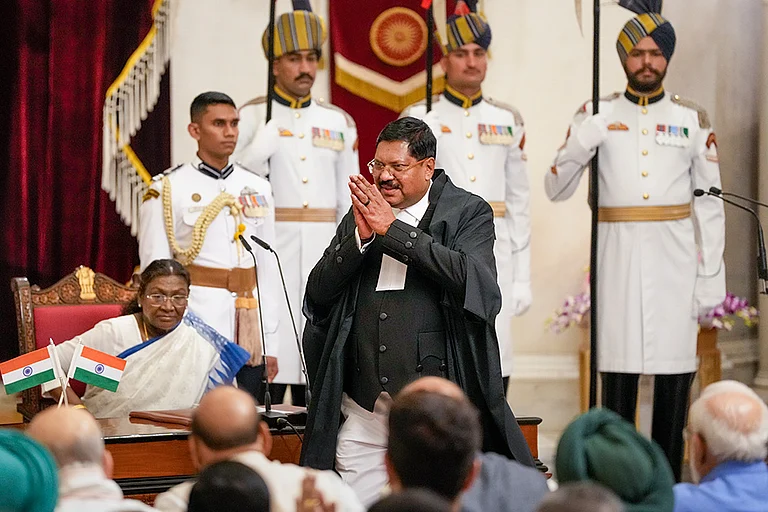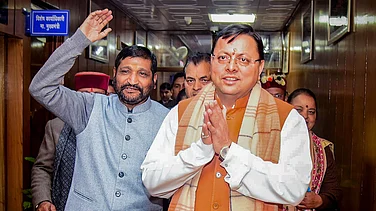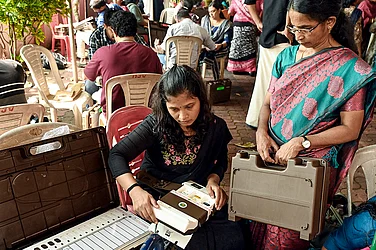The Supreme Court’s recent judgment validating the sub-classification of Scheduled Castes (SC) is a landmark moment in the ongoing discourse on affirmative action. More than a legal conundrum, the judgement opens up a space for deeper reflection on the complexities of caste, social justice and the implementation of affirmative action policies, particularly regarding the understanding of equality and equity, unity and fragmentation, and the challenges of historical justice versus contemporary realities.
The core contention in the debate lies in whether sub-classification is a necessary tool for addressing intra-caste inequalities or a divisive force that could fragment the solidarity of the Dalit community. Proponents see it as a corrective measure to ensure that the most marginalised groups within the SC category receive their due share of affirmative action benefits. This perspective argues that dominant sub-groups have historically monopolised these benefits, necessitating a more equitable distribution to uplift those at the bottom. Critics, however, caution that sub-classification could undermine the unity of the Dalit movement, leading to new forms of exclusion and marginalisation. They warn that this proposition could deepen existing divides within the Dalit community, weakening its collective struggle against systemic oppression.
These debates surrounding the sub-classification of SCs resonate deeply with what is taught in sociology classrooms. Dominantly, sociologists have used two major approaches to study caste. The first views caste as a systematic, socio-political mechanism deeply rooted in religious beliefs and texts that perpetuates inequalities and discrimination. The second approach, often referred to as a thesis of difference, posits that caste as a systematic phenomenon is declining, with traditional hierarchies weakening due to modern interventions. This latter perspective often draws on ethnographic studies that highlight how modern political, economic, and social changes are fragmenting caste-based identities.
While both approaches have been crucial in bringing caste issues to the forefront, they have often failed to capture the nuances of intra-caste dynamics. Scholars who focus on caste as a system often overlook the practical intra-group inequalities that Dalits face. Conversely, arguments emanating out of the thesis of difference often simplify the complex realities of caste inequality and overstate it by suggesting that it is declining.
Amid these differing perspectives, there is a growing conversation around the need for a more comprehensive approach to understanding caste. Insights from everyday sociological imaginations and multi-layered institutional models—considering the intricate dynamics at both local and pan-Indian levels, and operating through the cognitive, behavioural, relational, and institutional mechanisms that shape personal, social, political, and spiritual domains of life—provide valuable frameworks for grasping the complexities of caste while implementing policy.
Dr BR Ambedkar highlighted the concept of graded inequality, where each caste/class has certain rights over lower castes and corresponding duties towards maintaining the hierarchy and positions of higher castes. In his book Untouchables or the Children of India’s Ghetto, Ambedkar highlighted that graded inequality prevents a unified revolt against Brahmanism and its injustices, as the middle and lower castes are divided by their own interests and prejudices against each other. This concept helps us to understand both intra-caste inequalities and the mechanisms involved in such stratification.
While potentially transformative, the Supreme Court's judgment has ignored the nuances involved with caste, raising concern about the development of new interest groups and prejudices. Since forging inter/intragroup prejudices is an intrinsic part of caste-related mechanisms, it is essential to be cautious about how sub-classification will not exacerbate such divisions. With existing broad categories like General, OBC, SC, ST, and EWS already fostering many biases against each other, it remains uncertain how further sub-classification will not politically impact already marginalised groups. The debates surrounding the judgement have fostered a perception that those who oppose it predominantly belong to SC groups that have historically reaped the most benefits from the SC quota. They are often perceived as dominant communities within these groups, possibly subjected to the ‘creamy layer’. Conversely, there is a prevailing prejudice that supporters of sub-categorisation within SC perpetuate divisive elements against Dalit solidarity. Interestingly, people who are not from SC communities are almost invariably in favour of such a judgement.
A significant emphasis has been placed on empirical evidence while implementing sub-classification to avoid political manipulations and ensure that the most deprived Dalit sub-groups receive their fair share of affirmative action benefits. However, the question of how to measure backwardness within a category already deemed marginalised—e.g., backwardness within Dalit/Adivasi women collectives, within differently-abled groups, within LGBTQ+ communities, etc.—is a thorny one. Numbers often fail to capture the multifaceted and overlapping nature of discrimination faced by marginalised communities.
Moreover, the power dynamics underlying the production of knowledge on caste also merit critical attention while considering the role of empirical evidence. While classifications and categorisations are central to the development of scientific knowledge and our understanding of the world, it is crucial to ask: Who holds the power to shape the discourses around the sociologies of caste? This question is particularly important in light of studies exposing the Brahmanical, Patriarchal, and Colonial nature of social science practices in India. Without addressing this issue, the production of knowledge for policy implementation risks remaining trapped within the mould of underlying social structures.
It is important to note here that the fear lies not in the demand for sub-classification. The fear lies in the possibility of being misunderstood or misjudged while taking a position in these debates. Dalits have never been homogenous, and the fissures within the Dalit community have not been unknown even during Ambedkar’s activism. Ambedkar himself faced opposition from Dalit leaders of different communities and ethically chose not to represent many Dalit communities during his time. Following Ambedkar’s example, many advocates of sub-classification argue that it is an ethically justified demand, especially since the demand originates from within the Dalit communities themselves. But it is necessary to ask whether it was not in the interest of Ambedkar to represent a Dalit collective. The relevance of the community leaders who opposed Ambedkar in the struggle to annihilate caste also requires critical reflection.
Contributions of the Indian sociology of caste and debates surrounding the judgement have immense resonance with each other, supplementing reasons to argue and take sides. However, I believe there is a crucial need to shift towards discussions that view the issue through a more integrative lens. Instead of conflicting narratives, there is a need for comprehensive frameworks that offer practical guidance for implementing such long-term policies. Rather than falsifying arguments for and against, it is necessary to embrace the crisis, and engage with the possibilities and challenges emerging out of the issue.























